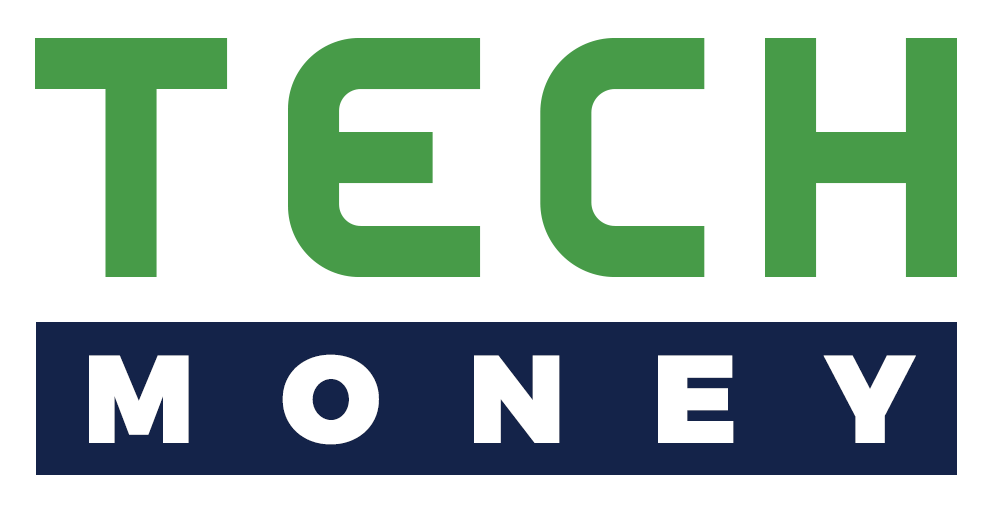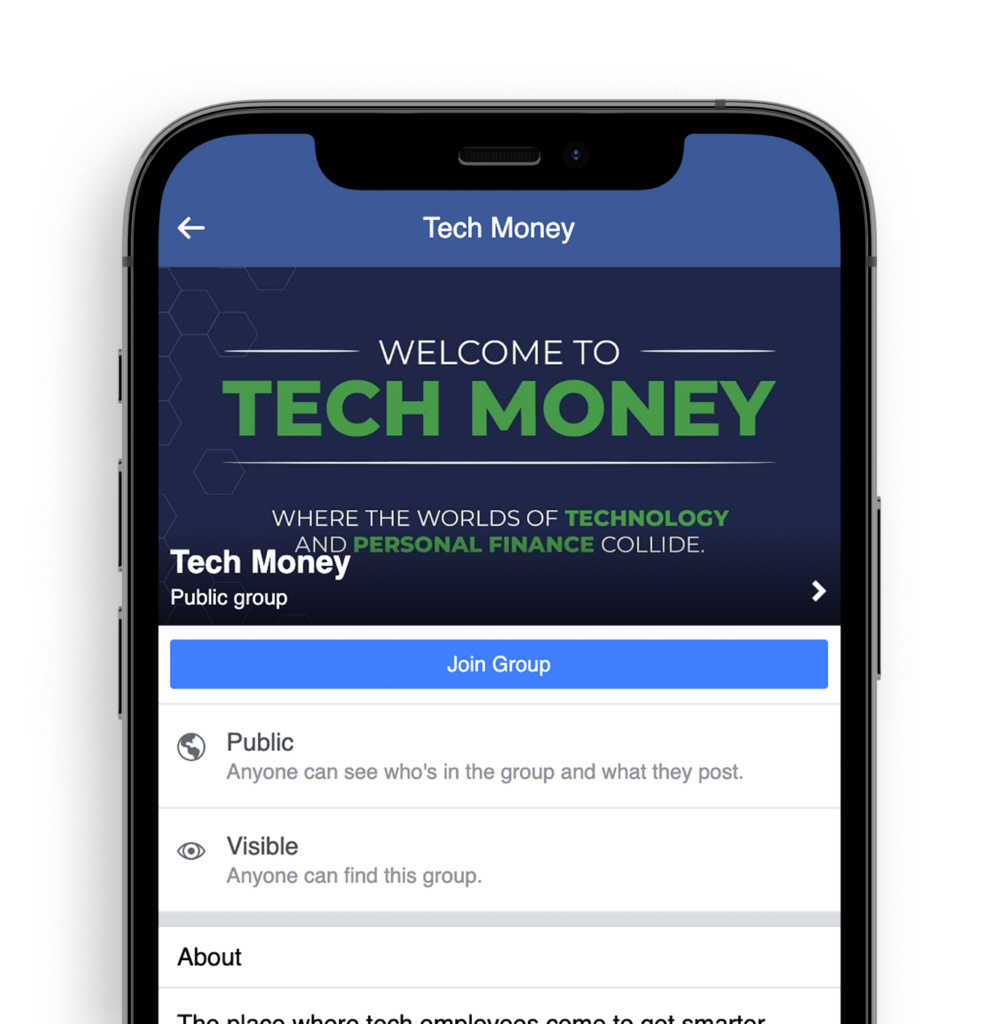You may or may not have heard of a Mega Backdoor Roth, but they are becoming increasingly common, especially in the tech world. Often confused with a Backdoor Roth IRA contribution or a Roth 401(k) contribution, this strategy, while sharing similarities with both, is unique for a few reasons.
STANDARD 401(K) REVIEW
First, let’s review 401(k) contributions in general. Many of us are familiar with an employer-sponsored 401(k) plan which, as of 2022, allows you to defer up to $20,500 (along with a catch-up contribution of $6,500 for those over age 50). An employer may contribute a match on top of this, but employees are limited to the standard IRS annual limits. In a pre-tax 401(k), you are able to contribute to the plan without paying any federal income tax on those contributions.
A relatively recent newcomer is the Roth 401(k)—added in 2006—which allows you to put money into your 401(k) on a post-tax basis. It does not help reduce your present taxable income, but withdrawals in retirement are tax-free. The Roth 401(k) is subject to the same limits as a pre-tax 401(k); you can even split your contributions and contribute some on a pre-tax basis and some as Roth. This is the 401(k) structure most people are accustomed to at their jobs.
The Mega Backdoor Roth option allows you to save funds beyond the standard limits. Say, for instance, you have already maxed out your normal 401(k) contributions at $20,500. This allows you to put additional money into the account on an after-tax basis. Keep in mind this is not the same thing as the Roth contribution. Then, within the plan, you elect for the contribution to be automatically converted to Roth. Now, you have funds in a Roth 401(k) which function like the Mega Backdoor Roth 401(k) contributions. In other words, you do not pay taxes in the future when the funds are withdrawn.
Here’s An Example
Let’s say you work at Microsoft, which was one of the first companies to offer this alternative option, and you’re maxing out your pre-tax 401(k) at $20,500 this year. Microsoft will match 50% of this, or $10,250. You would then be able to contribute another $30,250 to the after-tax 401(k). This gets you to the annual IRS limit of $61,000 of total contributions to your 401(k) account. That’s:
- $20,500 pre-tax 401(k)
- $10,250 employer match
- $30,250 after-tax 401(k)
After you contribute the after-tax dollars, the plan allows for an automatic in-plan conversion to Roth. With Microsoft, this conversion is done daily, but in some cases, it may occur monthly or even quarterly. Bear in mind that the conversion itself may generate a small tax liability as you are required to pay tax on any growth from the time between contribution and the conversion itself.
Why Does This Help You?
There are a couple of great things about the Mega Backdoor Roth option to consider. First, if you make too much money to be eligible for a traditional Roth IRA contribution, this is a great way to save money on a tax-free basis. Second, it greatly increases the amount you can save in a tax-advantaged manner.
The Mega Backdoor Roth is the latest in a series of benefits that tech companies are offering to lure top talent. Microsoft has had this option for years, but they are not the only technology focused company offering its employees a Mega Backdoor Roth option. Some others include Meta, Amazon, Google, Apple, Uber, Salesforce, IBM, Intel, Oracle, and Zoom. For a more comprehensive list, click HERE.
So, if you are able to afford to save that much to your 401(k), should you do it? The answer is quite likely yes, but there are certainly other factors to consider. With Microsoft, you also have the option to save into a Health Savings Account (HSA) or Employee Stock Purchase Plan (ESPP). Determining which of these to take advantage of can be a challenging process. As with most things, it is wise to work with a financial planner who can help determine if this is the right option for you.


